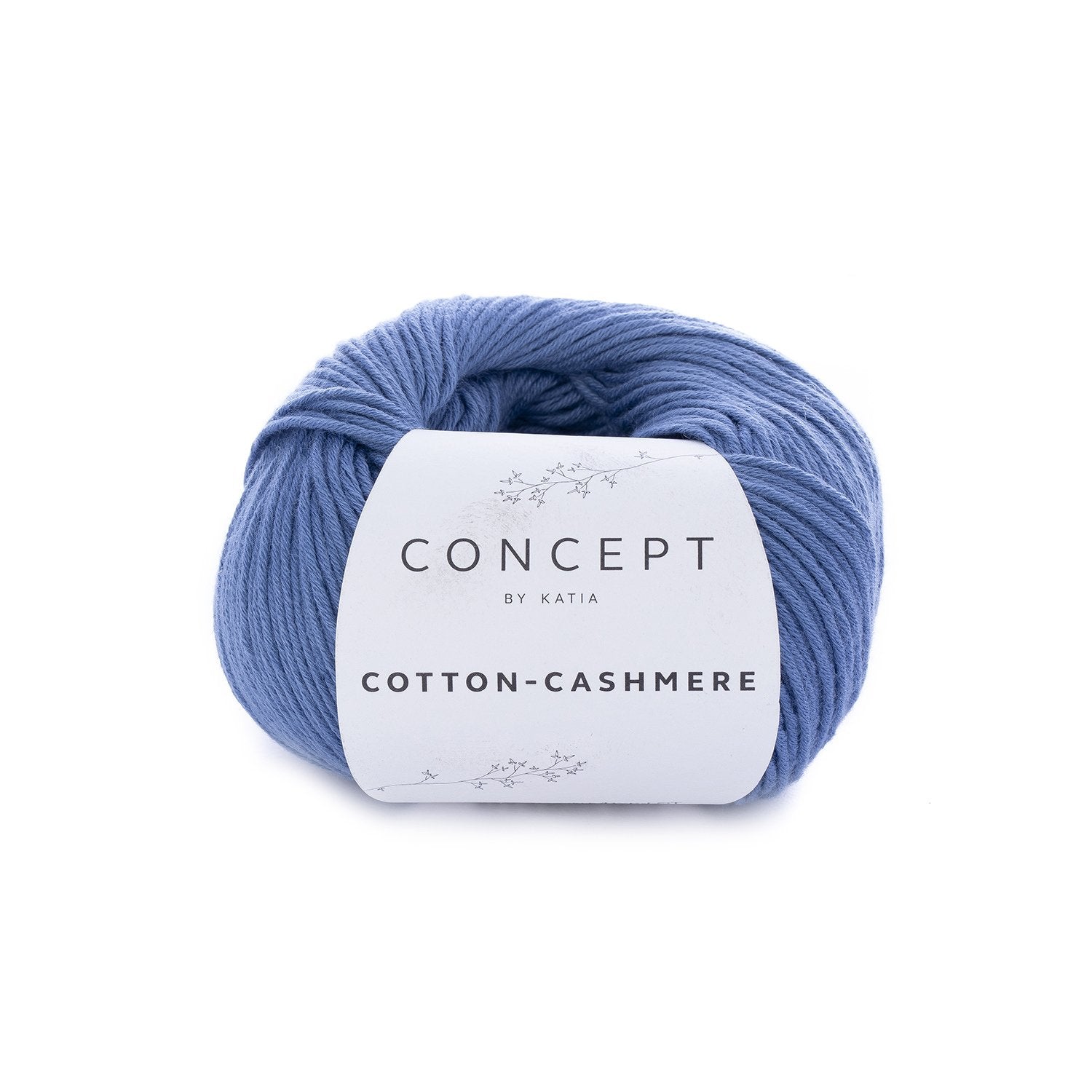Exploring the Different Types of Cashmere a Natural Fiber for Ultimate Luxury
Cashmere, a natural fiber, is commonly linked with high-end and convenience. The a lot more budget friendly Chinese cashmere, the standard Scottish variant, and the premium Italian blend, all inform a various story of this remarkable fiber.
Recognizing the Lavish Nature of Cashmere
Cashmere, often connected with luxury and comfort, holds a special appeal worldwide of natural fibers. This soft, lightweight product is fancied for its extraordinary warmth and amazing longevity. Unlike various other natural fibers, cashmere combines insulation with breathability, supplying unmatched convenience throughout differing temperatures. Its lustrous coating and soft texture contribute to its premium charm, warranting the costs price that commonly features cashmere garments. Furthermore, cashmere's intrinsic crease resistance and elasticity enhance its worth, making it a recommended choice for costs garments and devices. In spite of its fragile appearance, cashmere possesses a surprising resilience, able to preserve its shape and luxurious feeling with time. This one-of-a-kind mix of features cements cashmere's position as a sign of sophistication and extravagance.
Simply What Is Cashmere and Where Does It Come From?

Given these exceptional qualities, one might question the origin and makeup of this elegant fiber. Cashmere is derived from the soft undercoat of cashmere goats, mainly located in Mongolia, China, Iran, and Afghanistan - is cashmere a natural fiber. These goats are adjusted to rough climatic problems, creating an exceptionally fine, soft underfur as a protection against the bitter cold. This underfur, or undercoat, is what is collected for cashmere. Each springtime, when the goats normally shed their wintertime layer, farmers comb out the fine underhair, leaving the coarser hair behind. This precise procedure contributes to the shortage and high cost of cashmere. With its beginning in the extreme landscapes of Asia, cashmere is a testament to nature's capacity to create deluxe from hardship.
Translating the Various Sorts Of Cashmere
Understanding the various kinds of cashmere is crucial to valuing the quality and unique features of this extravagant material. Typically, cashmere is classified into three kinds: raw, virgin, and reused. Raw cashmere is directly obtained from the goat and is unrefined. This kind frequently includes impurities such as dust and coarse hair. Virgin cashmere, on the other hand, is the pure, unrecycled product that is rotated into thread for the very first time. It is the softest and most extravagant. Recycled cashmere is made from virgin material that has been formerly used. It is re-spun and made use of in producing lower-cost cashmere items. Translating these types is the very first step in understanding the exclusivity and worth of cashmere.

The Distinct Features of Each Type of Cashmere
Having discovered the different groups of cashmere, it ends up being noticeable that each kind boasts its special this contact form collection of qualities. Mongolian cashmere, for example, is renowned for its exceptional quality, as a result of Mongolia's severe winter seasons that generate longer and finer fibers. Conversely, Chinese cashmere is usually more budget-friendly, though its much shorter fibers can minimize toughness. Scottish cashmere is commemorated for its elegant softness, a result of the traditional water washing process utilizing Scotland's soft water. Italian cashmere, on the other hand, is popular for its masterful mixing and tinting methods, making it dynamic and versatile. Indian cashmere, also recognized as Pashmina, is cherished for its unbelievable agility and view it warmth. Each type, hence, adds to the fabric's online reputation for high-end.
Why Cashmere Is the Embodiment of Deluxe in vogue
Cashmere holds a prestigious position worldwide of style, considered as an icon of deluxe and refinement. Its attraction is not just in its softness and heat, however likewise in its rarity and the precise procedure associated with its procurement. Cashmere is originated from the fine undercoat of Himalayan goats, known important source for their remarkable top quality fiber. The shortage of this fiber, integrated with the labor-intensive procedure of collection, adds to its high price and special status. Cashmere's unparalleled comfort and longevity make it a desired material in the production of premium garments. Its all-natural light-weight and shielding residential or commercial properties contribute to its charm, making it the embodiment of high-end in fashion.
The Refine of Making Cashmere: From Goat to Garment
The journey of cashmere, from being an undercoat of a Himalayan goat to a luxurious garment, is an intricate one. This mix is after that meticulously separated, with only the soft down made use of for cashmere. From goat to garment, each step is a testimony to the creativity, skill and patience entailed in crafting cashmere.

Conclusion
Finally, cashmere, with its all-natural beauty and exceptional convenience, preponderates in the world of luxury fashion. The diversity in kinds, ranging from the soft Mongolian, light-weight Indian Pashmina, economical Chinese, typical Scottish, to the vibrant Italian, reveals the convenience of this natural fiber. The meticulous procedure of transforming it from a goat to a garment even more includes in its exclusivity, making cashmere the epitome of sophistication and luxury.
Cashmere, a natural fiber, is often associated with deluxe and convenience (is cashmere a natural fiber).Cashmere, frequently linked with high-end and convenience, holds a distinct attraction in the world of natural fibers. Unlike other natural fibers, cashmere combines insulation with breathability, supplying unparalleled convenience throughout differing temperatures. Cashmere is derived from the soft undercoat of cashmere goats, mainly discovered in Mongolia, China, Iran, and Afghanistan. Cashmere is obtained from the fine undercoat of Himalayan goats, recognized for their premium top quality fiber
Comments on “How to Look After Your cashmere Garments and Keep Them In Top Condition”